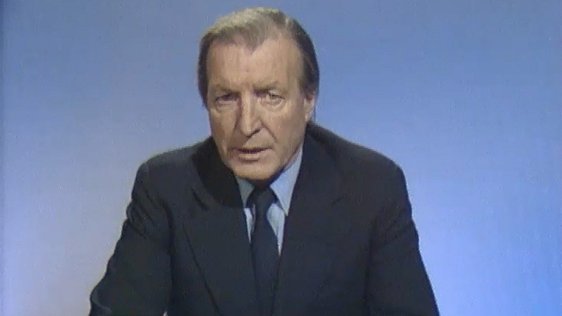British clandestine security service MI5 planned terrorist assassination plot on Irish political leader
The "thirty-year rule" is the informal name given to laws in the Republic of Ireland, that under the 1986 National Archives Act, allows certain government documents to be released to the public each December, thirty years after they were created. The latest release of Irish State Papers relate to 1987. Included in the papers is further information on the murky involvement of British security agencies in Irish politics. Part of which includes their close relationship with the Ulster Volunteer Force (UVF), which is an Ulster loyalist paramilitary group in the north-east of Ireland. The other main loyalist paramilitary group is the Ulster Defence Association (UDA).
Included in the UVF's declared goals is to maintain the British administered north-east of Ireland as part of the United Kingdom. During the years of heightened conflict in the north-east of Ireland they are said to have been responsible for more than 500 deaths and the vast majority of its victims were Irish Catholic civilians. They declared a ceasefire in 1994 and officially ended their longstanding campaign of violence in 2007. The UVF, along with the UDA, are classified as a terrorist organisation by the Republic of Ireland, United Kingdom and United States.
As widely reported in the Irish and international press, amongst the released documents is one from the Department of the Taoiseach (Head of the Irish government) involving a communication from the UVF. Using official UVF-headed stationery, and signed with a known used code name, Capt W Johnston, the letter informed Ireland's Taoiseach in 1987 Charles Haughey, that MI5, an arm of Britain’s clandestine Security Service, had ordered his assassination. The MI5 operative had provided details of his cars, photographs of his home, his island, Inishvickillane, and his yacht, Celtic Mist. At that time when they wanted Charles Haughey assassinated he was still the leader of the Opposition in Dublin. The aim would have been to derail attempts by Garret FitzGerald, the head of a Fine Gael-led 1982-87 coalition administration, to find a permanent solution to the conflict in the disputed Six Counties.
The UVF statement claims, as they are reported in the media, show that the organisation had been used by the British Security Service (MI5), the Secret Intelligence Service (MI6), and the British Army’s Special Forces, from 1972 to 1978, and again from 1985, to carry out various gun and bomb attacks in Ireland. These included seventeen targeted assassinations.






